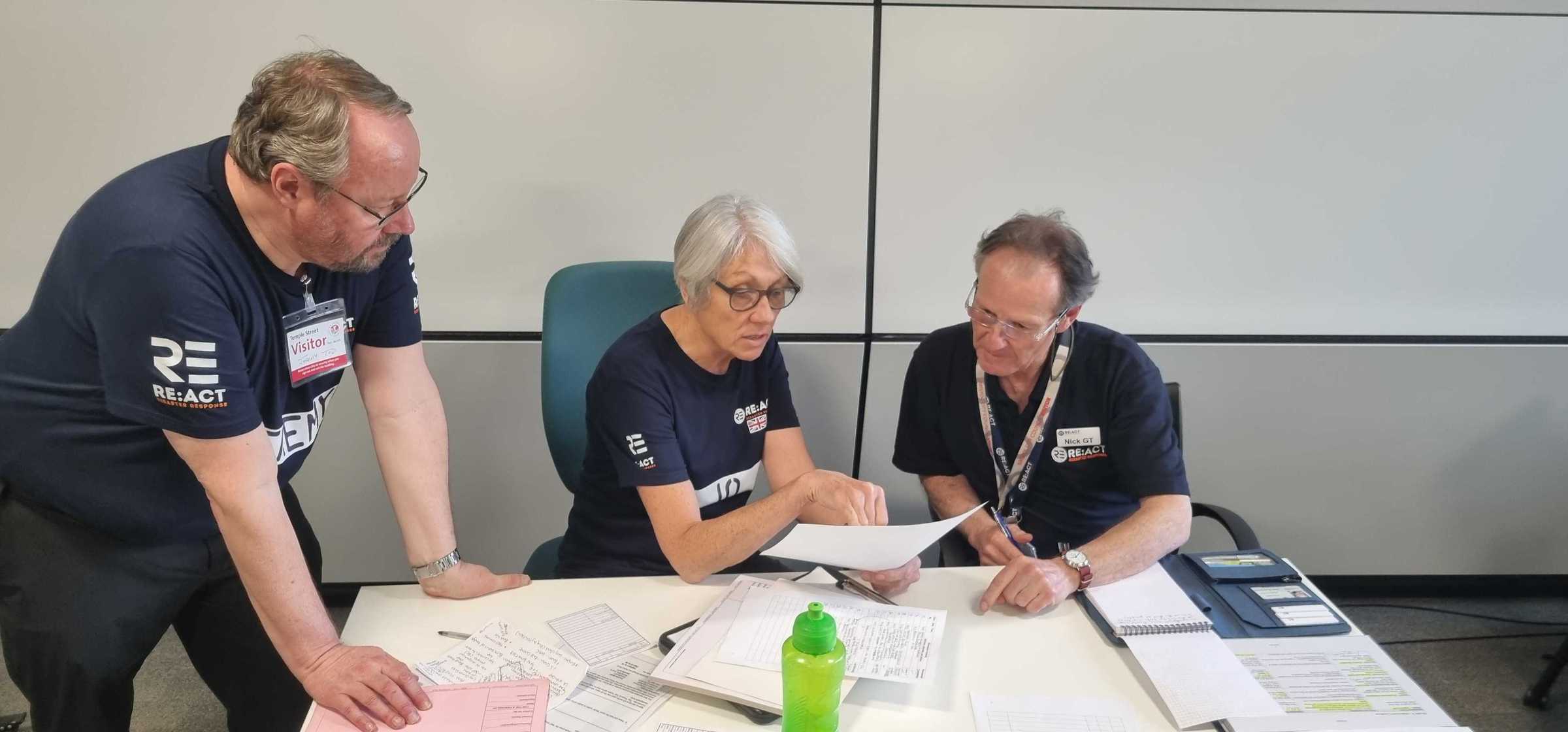Strengthening Emergency Response in Bristol

Posted by Laura Butlin 16th April 2024 News
Estimated Reading Time: 2 mins
REACT Responders stepped up in the South West to support a well-orchestrated exercise in the Avon and Somerset region. The exercise simulated the collapse of a major bridge collapse in Bristol. Working alongside emergency services and the local authorities, REACT demonstrated its ongoing commitment to a rapid and effective response to the exercise in the face of simulated chaos. This exercise tested the capabilities of all involved, reinforcing local resilience and testing plans and procedures under critical conditions.
The Exercise Scenario
At 9:00 AM, the exercise scenario unfolded with the fictional collapse of a bridge, tragically resulting in multiple casualties and widespread disruption. The immediate aftermath suggested up to 20 reported fatalities and numerous injuries, with several vehicles submerged in water and the bridge entirely destroyed. The exercise simulated the additional challenge of ongoing severe weather, complicating the rescue and response efforts.
Jeremy Todd, REACT Team Leader, highlighted the exercise's complexity, stating, “In a high-tempo, uncertain, and communications-degraded environment, flexibility, collaboration, and focus were crucial to the critical coordination efforts provided by the REACT teams at each site.”
REACT’s Deployment
Four REACT teams were deployed, supporting parts of the scenario including the forming of a Logistics Coordination Cell at Bristol City Council HQ and a Friends and Family Centre in Clevedon. One Responder worked at a Humanitarian Assistance Centre in Radstock, while another Responder participated at a Survivor Centre in Berrow, engaging in role-play to simulate real-world interactions.
These teams were integral in managing the flow of information and resources, ensuring that all centres operated smoothly and that communication lines remained open despite the simulated breakdown in conventional communication methods.
Challenges and Adaptations
The exercise tested the teams' adaptability and preparedness in a scenario where access to the disaster site was hampered by destroyed infrastructure and ongoing adverse weather conditions. The use of specialist communications operators to facilitate a makeshift communication network and the deployment of Wessex 4x4 personnel to physically carry messages across locations highlighted innovative approaches to disaster response in communication-limited settings.
Humanitarian Focus
Amid the logistical challenges, REACT’s focus remained firmly on humanitarian needs. The exercise provided invaluable practice in setting up and managing emergency centres designed to address the immediate needs of survivors, friends, and families affected by the disaster. These centres played a crucial role in the simulation, offering those affected physical aid and emotional support.
Lessons Learned and Future Preparedness
Exercises like this one are critical in testing and refining emergency response teams' protocols in real crises. They offer a blueprint for identifying gaps in response plans and highlight the importance of agility and cooperation among various agencies and volunteer groups.
The insights gained from this exercise will inform future strategies, ensuring that REACT and its partners can respond more effectively to actual emergencies.
